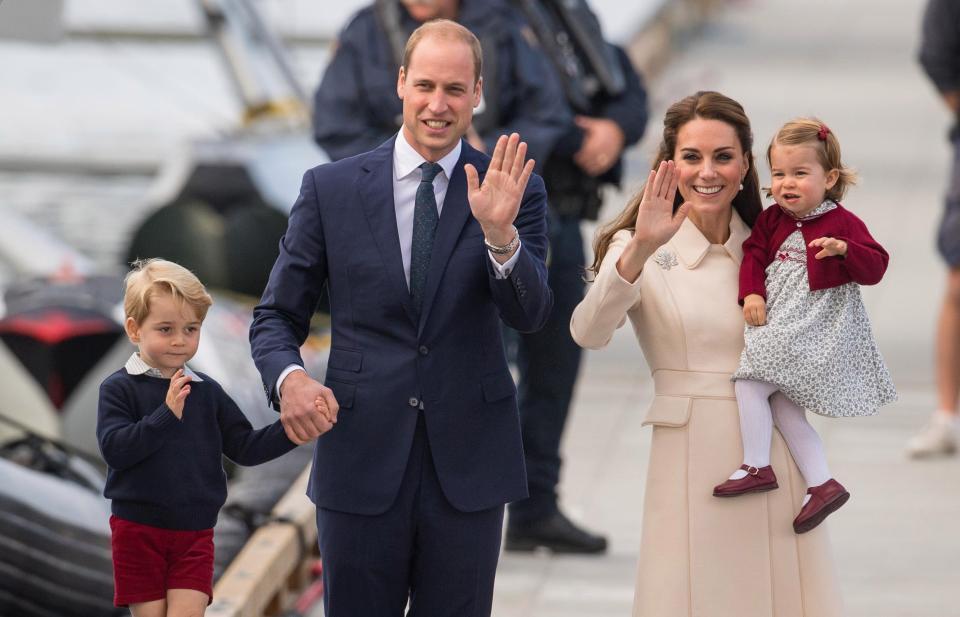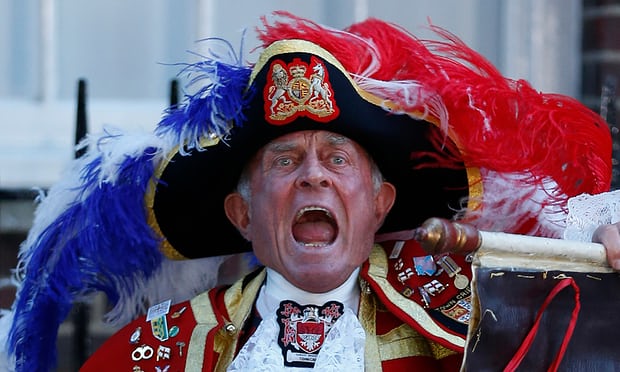Kate Middleton is set to welcome her third child next month and we can’t wait to meet our next prince or princess, even though we’re genuinely bummed we weren’t born into the royal family. Do you think we’d be allowed to call the Queen grannie Liz? (asking for a friend).
Table of Contents
Via Getty Images
Bring a royal means having to follow a large list of traditions, and we’re a tad curious as to what it comes down to when giving birth to the next gen – the obsession will never end.
Below, we’ve laid out the 6 rules Kate’s going to be following … or breaking:
Dads Are Banned From The Birthing Room
Back in the good old days, child-birth was strictly a female event – Marie Antoinette had 200 women in her bed chamber because, rules. Thanks to Prince Charles, the rule has since been relaxed. Kate won’t have 200 people watching her give birth and Prince William will be there for the third-time dad experience.
Home Births Are Preferred
Queen Elizabeth’s oh-so-royal kids were born in Buckingham Palace. Princess Diana broke protocol with our favourite brothers when she gave birth to them at London’s St Mary’s Hospital. The Duchess of Cambridge gave birth to the youngest royals, George and Charlotte, at this hospital too however it’s believed that her third child will be delivered at her Kensington Palace home.
The Queen Has To Be The First To Know
The Queen must be the first to know about the birth of her great grandchildren. Before the news was announced publicly, Prince William apparently rang his grandmother on an encrypted phone when Prince George was born!
Via Splash
Midwives Are Sworn To Secrecy
Can you imagine being one of Kate Middleton’s midwives? Even if you were, you wouldn’t be able to rave on about it to anyone. The midwives are not allowed to disclose any information about the birth because, you know, royals and media frenzies and all.
The Town Crier Announces The News To The Public
Tony Appleton announced Prince George’s and Princess Charlotte’s births to the public. This tradition started for the townspeople who couldn’t read or write. Whilst he isn’t an official emissary, he definitely added a sense of drama and pomp to the occasion by reliving the rule.
Via Lefteris Pitarakis/AP
Royal Children Don’t Get A Last Name
Before 1917, the British royal family had no last name at all. That year, King George V decided the family surname would be Windsor. Today’s royals still don’t need a last name, but it’s technically Mountbatten-Windsor, a blend of the Queen and Prince Philip’s surnames. Prince George and Princess Charlotte are simply George and Charlotte Cambridge. How does your suburb as your surname sound?
Written by Shaymah Alkhair


